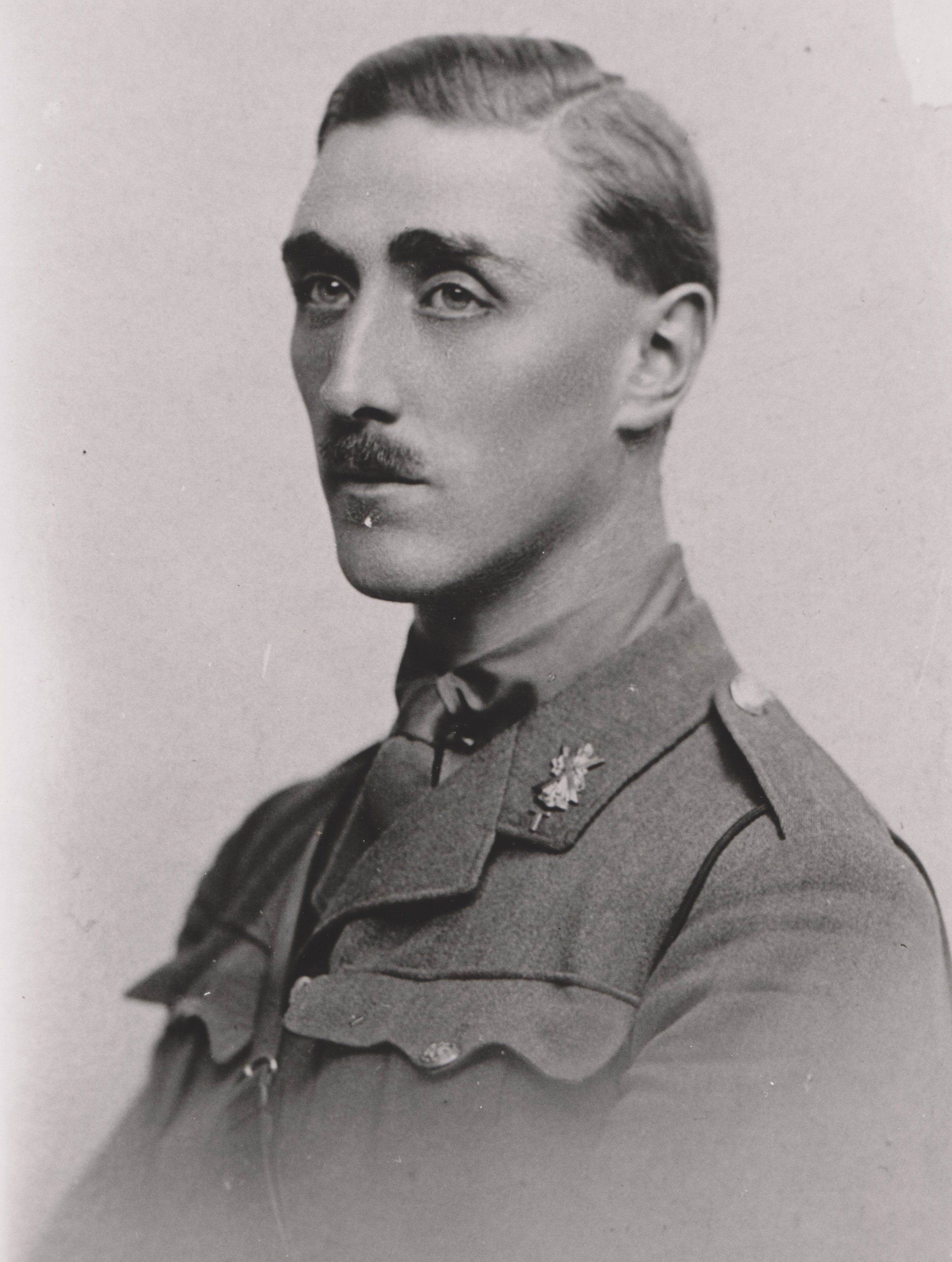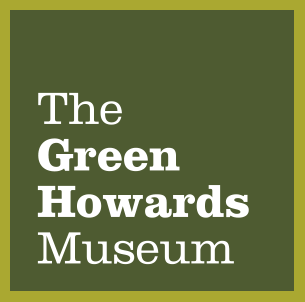
Sumbitted by John Young.
My great uncle David Stevens Gibson Turnbull, the elder brother of my grandmother, was born in Edinburgh on 7th September 1890. Educated at The Edinburgh Academy and Uppingham School he went on to Edinburgh University. There he learned to fly, although he did not qualify as a pilot at that stage.
He married early in 1914 and emigrated to Australia where he planned to start life in Harvey, West Australia, as a fruit farmer. However, following the outbreak of war on 4th August 1914, he returned to Scotland to fight for his country.
Initially he joined the Black Watch as the family had strong connections with my home town of Auchterarder in Perthshire. He was posted to 3/6th Battalion one of the sister battalions to that in which his brother-in-law (Major TE Young) was already serving. However, he had the flying bug and on 25th March 1916 he joined the Royal Flying Corps. He initially trained as an Observer but after a short period with No3 squadron RFC in France he returned to train as a pilot. He gained his pilot’s licence at Shoreham on 5th June 1916.
He joined No 10 Squadron RFC, equipped with BE 2c aircraft, on 8th July 1916 and a few days later made his first operational sortie. He flew on operations for the next 7 months; engaged in artillery spotting, light bombing and aerial photography. Having survived this operational tour he was posted back to England for duty as a ferry pilot with the Air Ministry Directorate of Aircraft Equipment.
On 11th April 1917 he was detailed to deliver a brand new BE 12a from the factory at Coventry to a training unit at Ripon racecourse. Unfortunately he was blown off course and ended up near Preston where he had to make a forced landing after a stay wire broke. After 3 days he took off for Ripon but for some reason landed at Knaresborough. After checking his bearings he took off from the short field on Crag Tops but failed to clear the hedge at the end of the field. The aircraft struck trees and plunged in to the River Nidd, killing Lieutenant Turnbull instantly. His widow found his body in the river ten days later and he was buried in Dean Cemetery in Edinburgh. A plaque in his memory is near the door in the parish church at Knaresborough.

The Last letter Turnbull sent to his Mother
Explore more memories from the ribbon
-
K R Henderson
Kenneth Henderson was born on the 29th May 1895 at Sutton in Surrey, the third and youngest child of Robert and Janie Henderson. His father was a bank manager. The family were quite reasonably well off as the 1911 census shows the family having 3 servants. By this time Kenneth was at Charterhouse School. His early life is undocumented. On the outbreak of WW1 Kenneth enlisted in the 28th Battalion, The London Regiment (Artists’ Rifles). This was a popular unit for volunteers and a number would be selected to be officers in other Regiments, as Kenneth would be. On the 26th October he landed in France with the Artists’ Rifles and on the 15th March 1915 was made temporary 2nd Lieutenant with the 2nd Battalion, Yorkshire Regiment. During 1915 he saw action with the 2nd Battalion at Fromelles, Festuber and Givenchy. On the 7th July 1916 during the Somme offensive he received his fourth wound of the war. After the war he was with the newly reconstituted 6th Battalion, Yorkshire Regiment, for service in the Russian Archangel campaign. It was here that he received the Military Cross. The London Gazette of the 21st January 1919 read: ‘He has carried out the duties of a Company Commander of a mixed force at Bolshe-Ozerki and has worked in a very efficient way. He has had continuous service on this front since November 1918 and in four engagements in which his company has taken part he has proved to be a fearless and…
-
Percival Dunning
Percival Dunning was born in 1889 in Thormanby Yorkshire. By 1901 he is listed as Perewal Dunning residing in Coxwold Easingwold. He is living in his grandfather’s (Frances Dunning) house who is a plate layer ganger with North eastern railways. A plate layer’s job was to inspect and maintain railway tracks. Percival attested in Richmond on the 26th of February 1906, at that time his occupation was as a farm labourer. He was 17 years of age, weighed 114 pounds, and had hazel eyes and brown hair. It was noted in the ledger that he was flat footed and had an old injury to the end of his right long finger. He was initially posted to the 4th battalion. In the regimental gazette he is recorded as being wounded towards the end of 1915. The 2nd Battalion were deployed in the Givenchy and Essars area. The Commonwealth War Graves Commission states that Private Dunning was killed in action on the 7th of June 1917. He is commemorated on the Menin Gate Memorial (panel 33). He also remembered on the memorials at St Michael’s church Coxwold and the King’s book at York minster.
-
William Rutley
William was the son of William and Mary Rutley of 8 Mabal Street, Middlesbrough. He enlisted in late 1914 and was posted to the 8th Battalion of the Yorkshire Regiment. The 8th Battalion left for France in late August 1915 and occupied trenches in the La Rolanderie and Bois-Greniers districts throughout October, November and December. William is reported to have died of wounds on December 16th. He was 22 years of age. He was awarded the 1915 Star, the British War Medal and the Victory Medal. He was buried at Sailly-sur-la Lys Canadian Cemetery, Pas-de-Calais.
